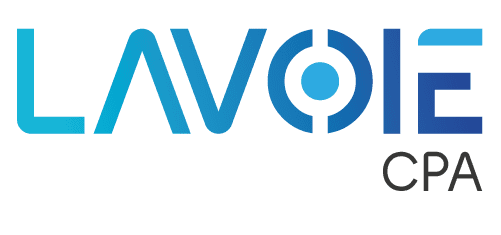What is SaaS?
As discussed last week in our Beginner’s Guide to Cloud Computing, software-as-a-service (SaaS) is a method where businesses purchase software via a Web-based service. The main difference with this method, from purchasing software the traditional way, is that you rent services and you don’t have to worry about set-up costs or maintenance. Basically, you pay-for-use or via a subscription fee and only use the services you need.
Are Nonprofits Using the Cloud?
Nonprofits strive to invest in their core missions, while at the same time reducing operational cost. For many of these organizations it is difficult to maximize efficiency without breaking the budget. Cloud services are a cost-effective alternative for nonprofits, as they allow organizations to gain access to software without the additional costs of maintaining it on your own. SaaS deployment among organizations is on the rise. According to Cisco Global Cloud Index, it is estimated to grow by 59% in 2018.
Why Nonprofits Should Consider SaaS
SaaS offers advantages for nonprofits of all sizes. While we could make this a lengthy post and touch on all of them we have simply listed the top 4 benefits below and the reason why they solve problems for nonprofits.
1. Upfront investment is minimal
There is no initial cost for setting up or other upfront fees. You would just pay as you go and you can cancel at any point. This is a big benefit to smaller nonprofits especially, who may not have the upfront cash to invest in an IT solution even though it is critical for business. Also, investing in SaaS allows your nonprofit to expense the cost as an operational expenditure rather than capital (which most CFOs prefer).
2. Cost Saving
SaaS can be a real money-saver. At first glance, SaaS may look expensive; however, when you take into account the money that is needed to purchase your own software and paying people to manage it, it is quite the opposite. In the long run, SaaS offers a more affordable way to gain access to up-to-date technology without breaking your budget.
3. Scalability
SaaS is extremely flexible as it allows your organization to easily add functionality and applications. This is especially important for nonprofits who are quickly growing, have changing needs and want to have a quick response time.
3. Remote Access
SaaS is delivered via web-based applications, which means that you can access the software from anywhere, any device, and anytime (granted that you have access to the Internet). Remote access is a great benefit for nonprofits who have employees that spend time out in the field but still need access to IT software.
4. No IT headaches
Nonprofits that invest in SaaS can say goodbye to IT troubles such as maintenance, backup, updates and security. Instead, the SaaS provider is in charge of doing all of this and for no extra charge.
Does your nonprofit organization consider making the switch to SaaS? Do you see any hurdles with taking the leap? We’d love to hear your thoughts in the comments section!

